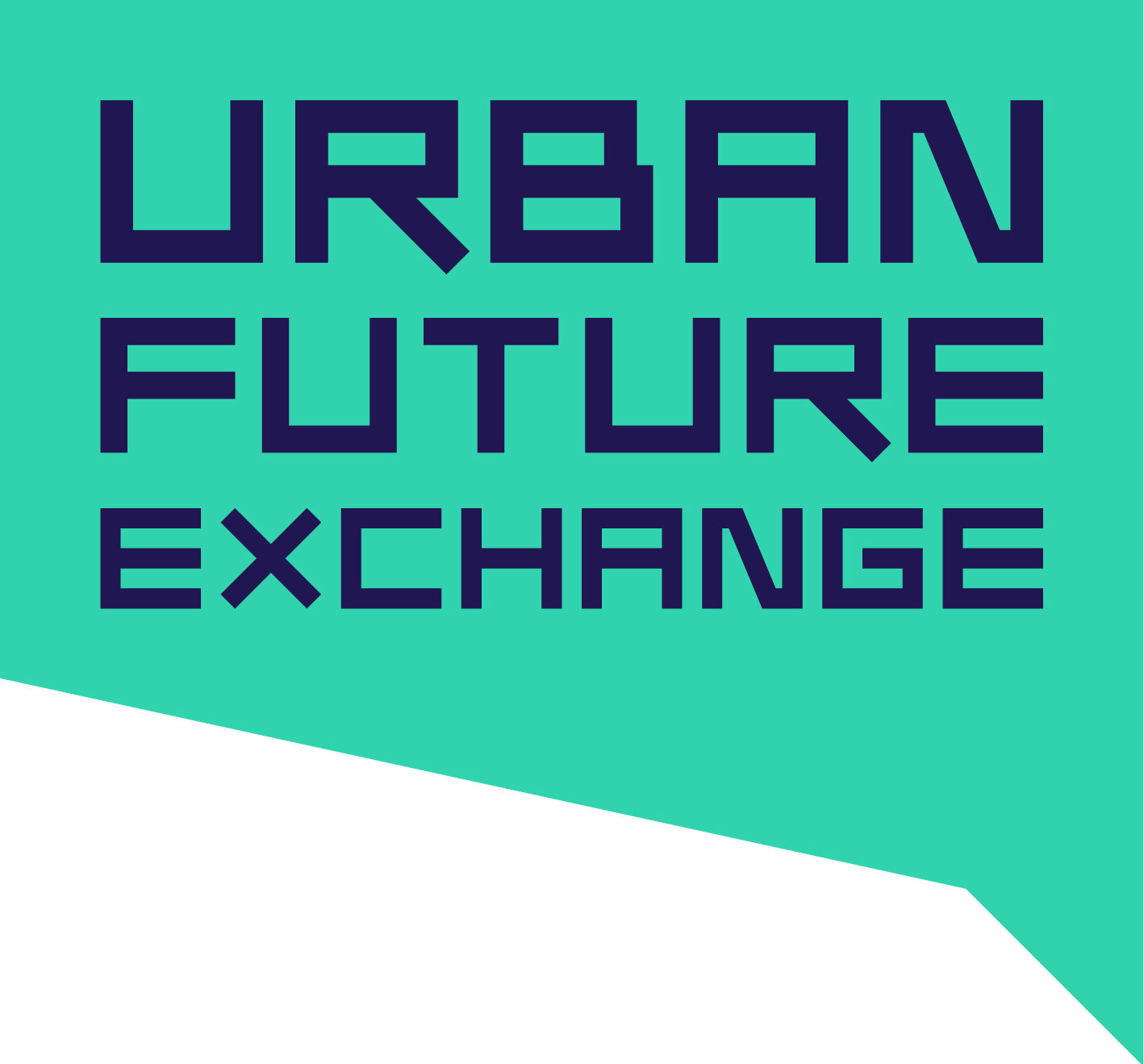Submission: Green Adelaide Draft Regional Landscape Plan
Thank you for the opportunity to comment on Green Adelaide’s Draft Regional Landscape Plan. Developing a plan that delivers a cooler, greener, wilder and climate-resilient city is essential for South Australia’s urban future.
The Urban Future Exchange (previously known as the Australian Institute of Urban Studies SA) is a forward looking, independent, not-for-profit, membership-based organisation that exists to provoke rich conversation, deep discussion and rigorous debate about urban life in Adelaide and South Australia. Our membership is broad and balanced, and includes individuals and corporate members from the public, private, not-for-profit and academic sectors. Our members have qualifications and expertise in urban planning, law, design, industrial design, business, health, sustainability, industry and policy amongst many others, and they inform our strategy. As such, the Urban Future Exchange provides a unique and diverse view on South Australia’s urban and regional future.
We wish to express our strong support for the ambition of this draft plan.
We believe Green Adelaide can deliver substantial value to the urban environment and people of Adelaide. We consider the draft priority areas to be on the mark – particularly those related to urban greening (2. Biodiversity sensitive and water sensitive urban design, and 3. Green streets and flourishing parklands).
We offer the following feedback:
The 30 Year Plan for Greater Adelaide contained targets that have galvanised action towards strategic goals. One of those targets is for an increase in urban canopy cover of 20% across metropolitan Adelaide by 2045. Although that target did kickstart action by Green Adelaide’s partners, including local government, canopy cover has actually been lost in the Adelaide since the target was set (largely due to tree loss on private land). If these targets remain a priority of the State Government, why are they not mentioned in the Draft Plan? AIUS SA encourages Green Adelaide to set targets that are to be met in the plan’s term, as well as longer-term targets (eg. 5 year and 30 year targets). Such targets should also include reduction in localised heat islands and their effects.
Recent research has shown that retaining existing mature trees in the urban landscape will be critical to ensuring a cooler, greener and more climate-resilient Adelaide. AIUS SA supports the use of stronger levers than ‘encouragement’ for tree retention. Such levers may include: lower site cover ratios in developments; greater requirements for tree retention, planting and deep soil zones in developments; and accurately monetising the value of trees, vegetation and open green space for replacement and offsetting schemes.
Green Adelaide’s role of leading regional coordination and governance should drive systematic improvements across local government areas, and is strongly supported.
There is substantial practitioner knowledge across a range of sectors on how best to deliver the ambition laid out in the plan, and what barriers currently stand in its way. AIUS SA encourages strong and substantial cross-sector practitioner engagement in developing the mooted Urban Forest Action Plan.
As the State Government is a significant investor in projects, Green Adelaide has a great opportunity to not only embed greening into all government-funded projects, but also to test innovations and drive green investment with collaborative and less risk averse partners.
Green cities are future cities. There is a substantial industry sector involved with greening, cooling, wilding and climate resilience, with new knowledge, technologies and businesses being created both here and globally at an increasing rate. Technologic and economic integration with urban greening should not be ignored. There is substantial opportunity for Adelaide to attract innovators and investment through delivering on Green Adelaide’s ambition.
· AIUS SA believes the plan could be bolder in its ambition to inspire a love of nature in Adelaide. Green Adelaide could and should ignite biophilia across a much broader section of society than that which is currently engaged. With greater promotion of our natural environment and green industries – both at home and further afield – Adelaideans could become truly proud of living in a green Adelaide. And they could come to value nature accordingly – both as an intangible good and an economic asset. Imagine Adelaide being globally recognised as a green city, and the investment and talent that could attract.
Finally, AIUS SA supports the intent of the iconic projects, and offers the following suggestions for additional projects:
Rewilding the Adelaide Park Lands and Karrawirra Parri;
Reinstating natural stormwater and open space systems across metropolitan Adelaide, with associated recreation reserves and linear parks; and
Partnering to develop the next ‘Lochiel Park’. This could be a world-leading project that demonstrates best practice in BSUD and WSUD, maximises canopy cover and climate resilience, and importantly, promotes the benefits of living in such an environment.
The Urban Future Exchange (previously known as the Australian Institute of Urban Studies SA) would also like to thank Green Adelaide for its assistance in our panel discussion on a Green(er) Adelaide during the consultation period. The Urban Future Exchange is willing to support further discussions and raising public awareness in the future.
If you would like to discuss this submission in further detail or any other matter, please don’t hesitate to contact me by email.
